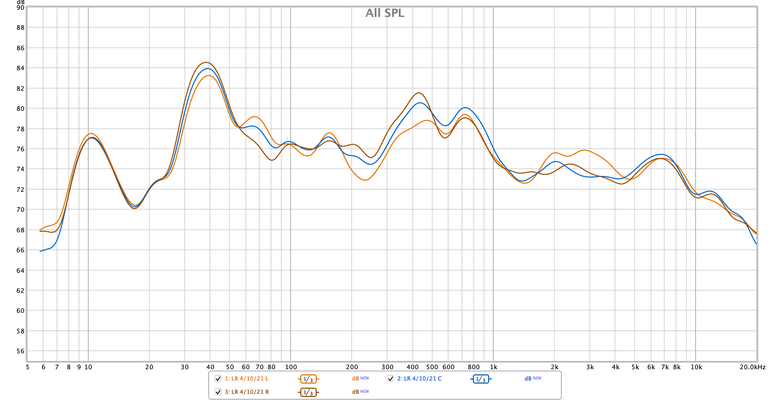This is something I've been seriously planning recently, so I figured I'd just go ahead and start it.
This thread is for information about how to truly and effectively integrate subwoofers into a room. Along with others here, like @John Dirk and with months of encouragement from @Dave Upton , I've been amazed at the improvements in sub integration that can be accomplished with minimal investment of money, but a fair amount of investment in time.
A lot of us have quite a bit invested in our systems, and analyzing integration of subs and the room using Room EQ Wizard (REW) is something more of us should be taking advantage of. So I thought I'd start a thread dedicated to the topic.
I'll be back with some of my own experiences with the changes and improvements I've accomplished, and hopefully others will contribute as well.
Please post curves showing the changes and the resulting improvements whenever possible.
This thread is for information about how to truly and effectively integrate subwoofers into a room. Along with others here, like @John Dirk and with months of encouragement from @Dave Upton , I've been amazed at the improvements in sub integration that can be accomplished with minimal investment of money, but a fair amount of investment in time.
A lot of us have quite a bit invested in our systems, and analyzing integration of subs and the room using Room EQ Wizard (REW) is something more of us should be taking advantage of. So I thought I'd start a thread dedicated to the topic.
I'll be back with some of my own experiences with the changes and improvements I've accomplished, and hopefully others will contribute as well.
Please post curves showing the changes and the resulting improvements whenever possible.







